At first glance, the northerly Icelandic capital of Reykjavik and the sprawling South American metropolis of Buenos Aires appear to have little in common beyond their status as urban centers. Separated by nearly 7,000 miles, different hemispheres, and contrasting cultural foundations, these cities embody dramatically different approaches to urban life, architecture, social rhythms, and environmental relationships.
Yet beneath these noticeable differences lie unexpected parallels and fascinating contrasts that reveal deeper insights about both destinations. Here is a revealing comparison of 20 surprising aspects that distinguish and occasionally connect these seemingly opposite urban experiences.
Population Scale
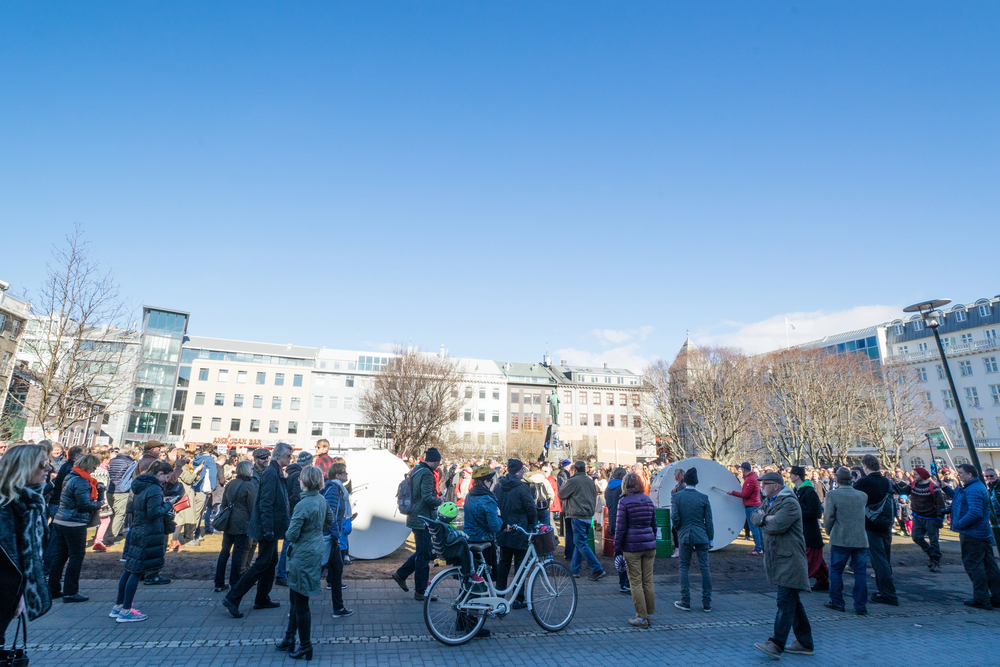
Reykjavik proper contains just 130,000 residents in an intimate urban footprint that allows visitors to traverse the central city on foot within an hour, creating an environment where chance encounters with locals occur naturally. Buenos Aires houses nearly 16 million people in its metropolitan area, stretching across a vast urban landscape of distinct neighborhoods and requiring dedicated transportation planning to navigate effectively.
This population difference creates fundamentally different urban experiences, from the density of cultural offerings to the anonymity of daily interactions.
Nightlife Timing
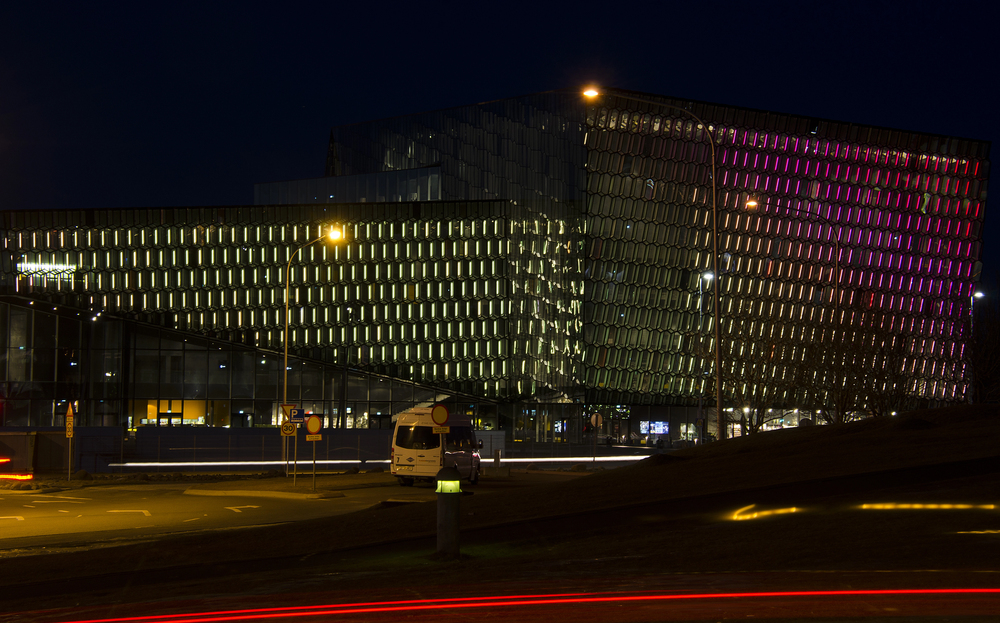
Buenos Aires dining routines feature evening meals typically starting after 9:00 PM, with nightclubs reaching peak energy around 2:00 AM and continuing until sunrise—a schedule that surprises many foreign visitors accustomed to earlier entertainment patterns. Reykjavik’s nightlife follows seemingly contradictory patterns, with quiet early evenings suddenly transforming into lively bar scenes around midnight that continue until 4:00 AM on weekends, particularly during summer months when extended daylight creates disorienting time perception.
Both cities embrace unusually late social hours compared to their respective regions, though for entirely different cultural and environmental reasons.
Like Travel Pug’s content? Follow us on MSN.
Architectural Heritage

Buenos Aires showcases grand European-inspired architecture from its economic golden age, with Parisian-style boulevards, Italian palazzos, and Spanish colonial influences creating a distinctively Latin ornate aesthetic reflecting its waves of immigration. Reykjavik features deliberately simple, colorful buildings with corrugated metal siding painted in bright hues—a practical response to harsh weather conditions and limited building materials that create a uniquely cheerful Nordic minimalism.
These contrasting approaches to the built environment reflect deeply different historical circumstances and practical constraints despite both cities featuring distinctive architectural identities.
Economic Stability

Reykjavik operates with one of the world’s most stable currencies and economic systems despite the dramatic 2008 banking crisis, creating predictable pricing and financial expectations for both residents and visitors. Buenos Aires functions amid Argentina’s notorious economic volatility, with residents accustomed to currency fluctuations, inflation concerns, and parallel exchange markets that become immediately apparent to visitors exchanging money.
This economic contrast creates vastly different relationships with money, from casual Reykjavik spending to the strategic financial navigation that characterizes daily Buenos Aires transactions.
Green Space Integration
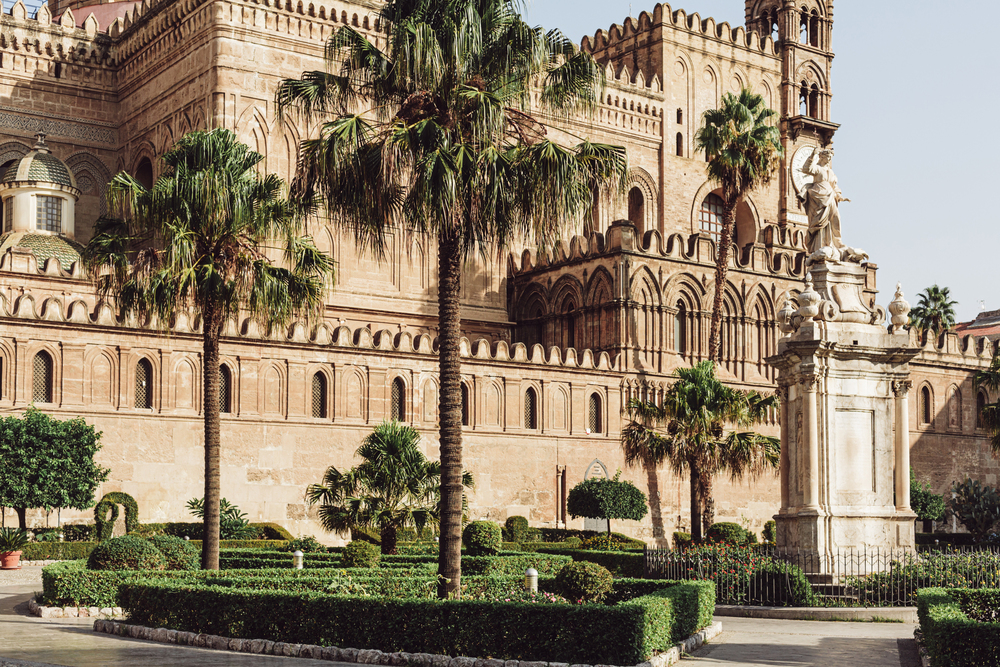
Buenos Aires boasts a densely planted Palermo Park system, an ecological reserve, and tree-lined boulevards that bring natural elements into the urban landscape despite the city’s massive scale and density. Reykjavik often incorporates raw, untamed nature directly into its urban boundaries with geothermal areas, natural harbors, and minimally developed outdoor spaces that maintain their rugged character rather than become manicured parks.
Both cities demonstrate unusual commitments to natural space despite their drastically different ecosystems and urban development patterns.
Like Travel Pug’s content? Follow us on MSN.
Public Transportation Culture

Reykjavik relies primarily on personal vehicles and a limited bus network, with many residents living within walking distance of daily needs and tourists typically renting cars for exploration beyond the compact center. Buenos Aires maintains one of the world’s most comprehensive public transportation systems, including South America’s oldest subway network, extensive bus routes, and a culture where public transit represents the primary movement method for all social classes.
This mobility contrast reflects both geographic realities and fundamentally different urban planning philosophies.
Water Relationship

Buenos Aires grew along the massive River Plate estuary, creating a complex relationship with water that shaped its port history but features surprisingly limited recreational engagement with its waterfront compared to many coastal cities. Reykjavik maintains intimate connections with water through public geothermal pools where locals gather daily regardless of weather, creating social spaces centered around bathing culture that serve as community gathering points.
These contrasting water relationships demonstrate how seemingly similar coastal locations can develop entirely different cultural approaches to their aquatic surroundings.
Linguistic Isolation

Reykjavik residents speak Icelandic, a language with roughly 360,000 total speakers worldwide that has remained remarkably unchanged since medieval settlement, creating a linguistic island that few outsiders master. Buenos Aires locals speak a distinctive Argentine Spanish dialect heavily influenced by Italian immigration patterns.
It features unique pronunciation, slang terms, and the characteristic ‘vos’ form that distinguishes it from other Spanish variations. Both cities maintain linguistic uniqueness that surprises visitors, though at vastly different scales of isolation and accessibility.
Like Travel Pug’s content? Follow us on MSN.
Coffee Culture

Buenos Aires boasts historic cafés like Café Tortoni, where coffee rituals unfold leisurely over hours, with servers never rushing patrons and social conversation valued above efficient service or quick turnover. Reykjavik embraces similarly unhurried coffee culture despite its otherwise efficient Nordic sensibilities, with cozy establishments like Mokka Kaffi encouraging extended stays through comfortable seating and relaxed service patterns regardless of harsh weather outside.
This shared appreciation for leisurely café experiences connects these otherwise contrasting cities through surprisingly similar social priorities.
Literary Heritage
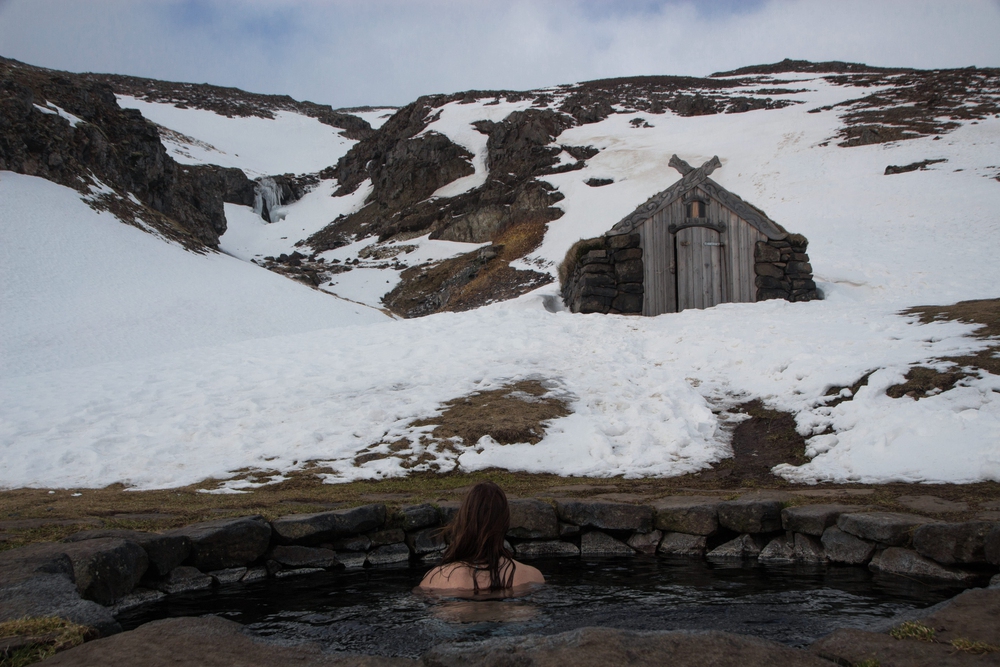
Reykjavik holds UNESCO City of Literature status based on Iceland’s remarkable literary tradition stretching from medieval sagas to contemporary authors. It has the highest per capita book publication rate globally, and reading is deeply embedded in national identity.
Buenos Aires similarly claims extraordinary literary significance through figures like Jorge Luis Borges and Julio Cortázar, who have the highest bookstore concentration per capita in the world, and literary cafés where major works were written.
This shared literary emphasis connects these otherwise different cultures through their mutual valorization of the written word.
Meat Consumption Patterns

Argentine cuisine centers prominently around beef, with asado barbecue traditions representing cultural keystones and Buenos Aires steakhouses serving enormous portions that reflect the country’s historical cattle-raising economy. Icelandic cuisine features surprisingly limited beef consumption despite its pastoral traditions, focusing instead on lamb and fish while importing most other food products due to agricultural limitations.
This dietary contrast reflects geographic realities that shape fundamental relationships with food production and culinary traditions.
Like Travel Pug’s content? Follow us on MSN.
Personal Space Expectations
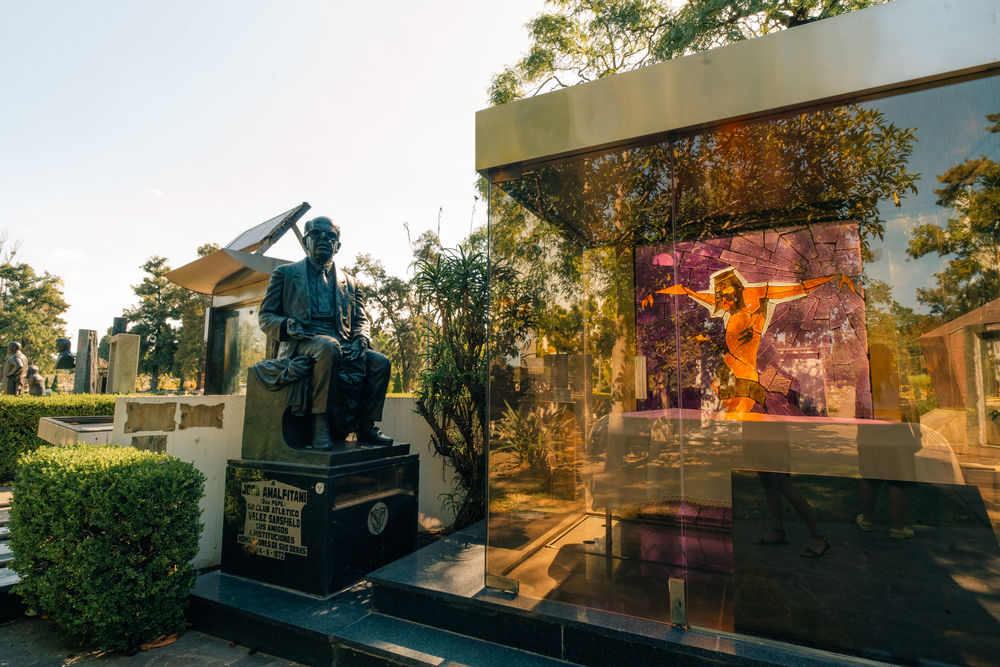
Buenos Aires’ social culture embraces close physical proximity, with greeting kisses, shared mate drinking customs, and comfortable crowding in public spaces, reflecting Latin American comfort with reduced personal space. Reykjavik social patterns maintain greater physical distance between individuals in public, with restrained greetings and spacious seating arrangements reflecting Nordic preferences for personal boundaries despite the otherwise warm Icelandic character.
These contrasting proxemic expectations create adjustment challenges for travelers moving between these cultural environments.
Thermal Extremes
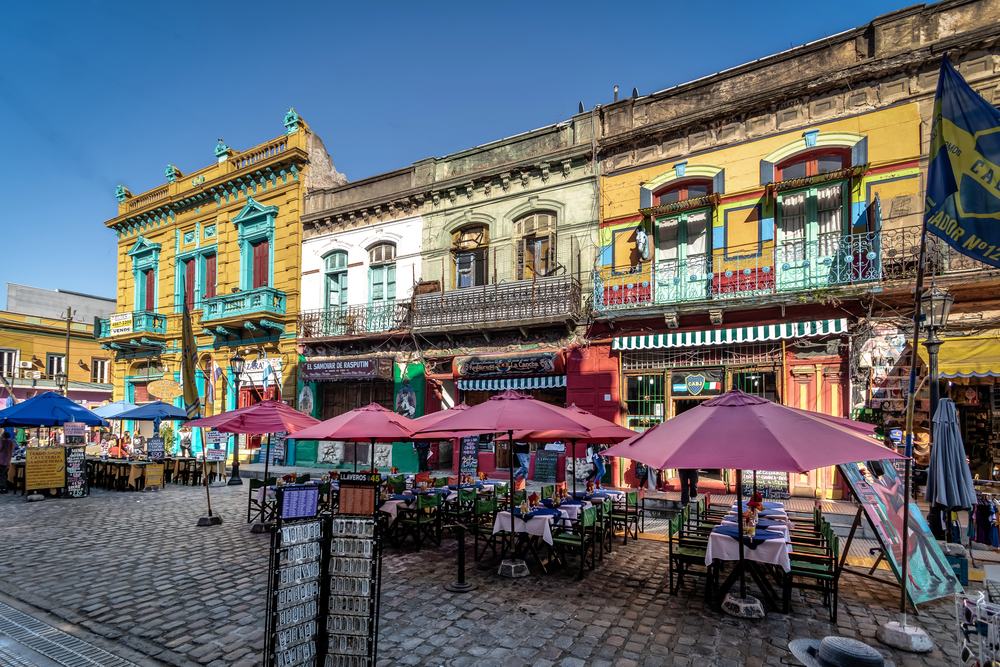
Reykjavik buildings maintain carefully regulated interior temperatures regardless of exterior conditions, with geothermal heating creating consistently comfortable indoor environments even during harsh winters. Buenos Aires structures often lack central heating despite occasional cold spells, with residents adapting through clothing layers rather than environmental controls that might seem essential to visitors from more temperature-regulated environments.
These contrasting approaches to thermal comfort reveal different priorities and adaptations despite both cities experiencing seasonal temperature variations.
Environmental Awareness

Reykjavik operates with nearly 100% renewable energy through its geothermal and hydroelectric resources, creating an urban environment with remarkably clean air and minimal visible pollution despite northern latitude challenges. Buenos Aires struggles with urban air quality issues despite its coastal location, with traffic congestion and industrial activity creating environmental challenges visible in its atmospheric conditions and reflecting complex developing economy transitions.
This environmental contrast creates substantially different sensory experiences for visitors despite both cities’ waterfront locations.
Like Travel Pug’s content? Follow us on MSN.
Dance Traditions
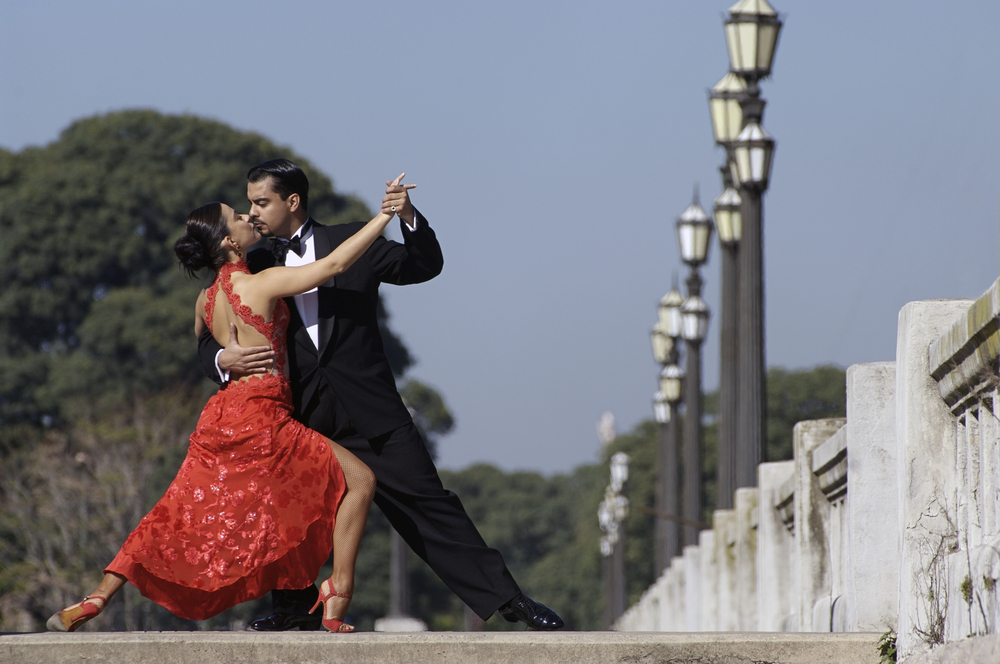
Buenos Aires claims tango as both cultural identity and living tradition, with milonga venues hosting dancers from beginners through professionals in experiences ranging from tourist performances to authentic local gatherings that continue evolving the form. Reykjavik maintains less internationally recognized but locally important dance traditions that surprise visitors with their energy and contemporary adaptations of folk forms during festivals and social gatherings.
These distinctive movement cultures reflect different approaches to physical expression and social connection through dance.
Design Aesthetics
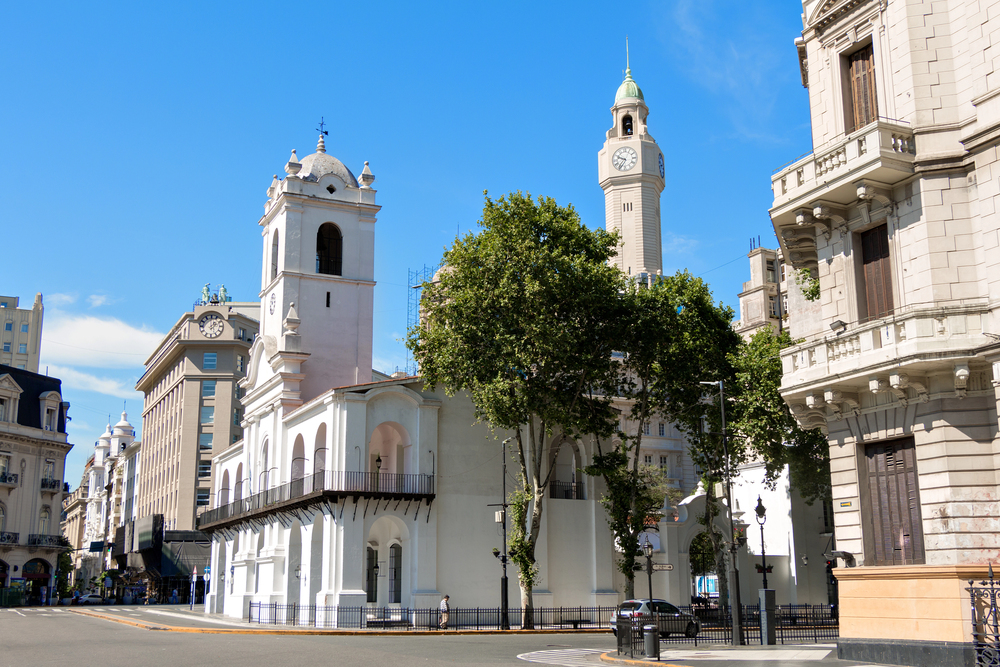
Reykjavik embraces clean Nordic design principles, emphasizing functionality, natural materials, and unfussy elegance in everything from public architecture to restaurant interiors and retail spaces. Buenos Aires features more ornate visual aesthetics, with decorative details, complex patterns, and historical references, creating richly layered environments that celebrate embellishment rather than minimalism.
These contrasting design sensibilities create immediately recognizable visual identities that reflect deeper cultural values about beauty, functionality, and historical reference.
Religious Expression

Buenos Aires demonstrates visible Catholic influence through grand cathedrals, religious processions, saints’ days’ celebrations, and symbolic crosses adorning buildings across the urban landscape. Reykjavik maintains more subdued religious expression despite its official Lutheran status, with relatively modest churches and limited public religious symbolism reflecting Nordic secularism and private approaches to faith.
This contrast in religious visibility reveals different historical relationships with spiritual institutions and their public presence.
Like Travel Pug’s content? Follow us on MSN.
Innovation Approaches
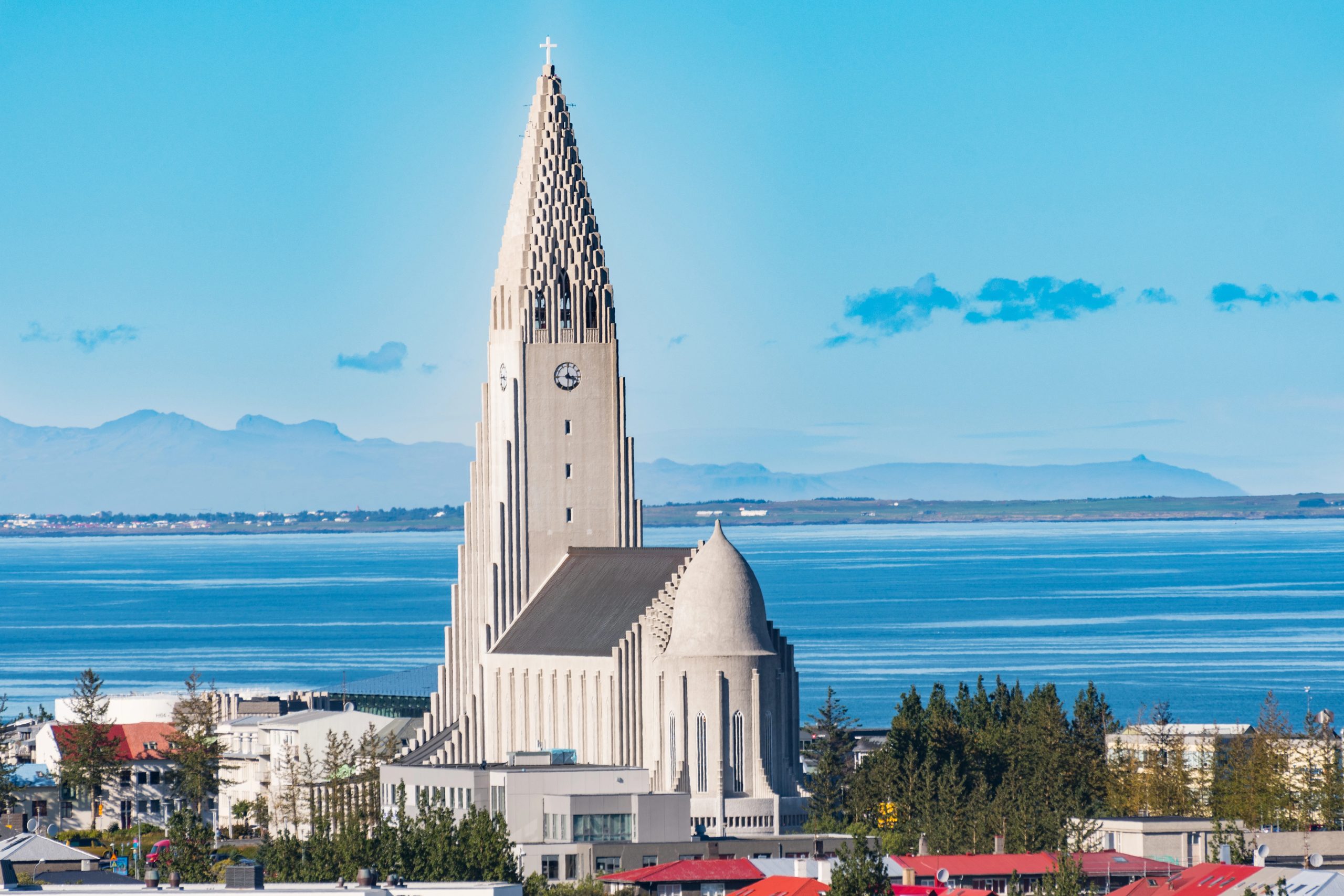
Reykjavik demonstrates remarkable technological adoption despite its small size, with digital payment ubiquity, widespread renewable energy innovation, and startup culture leveraging the country’s unique geographical position between continents. Buenos Aires shows impressive adaptive innovation despite economic challenges, with entrepreneurs developing creative solutions to financial fluctuations and technical workarounds that leverage available resources in constantly changing circumstances.
Both cities demonstrate unusual resilience and creativity through entirely different innovation approaches shaped by their distinct challenges.
Urban Density Patterns
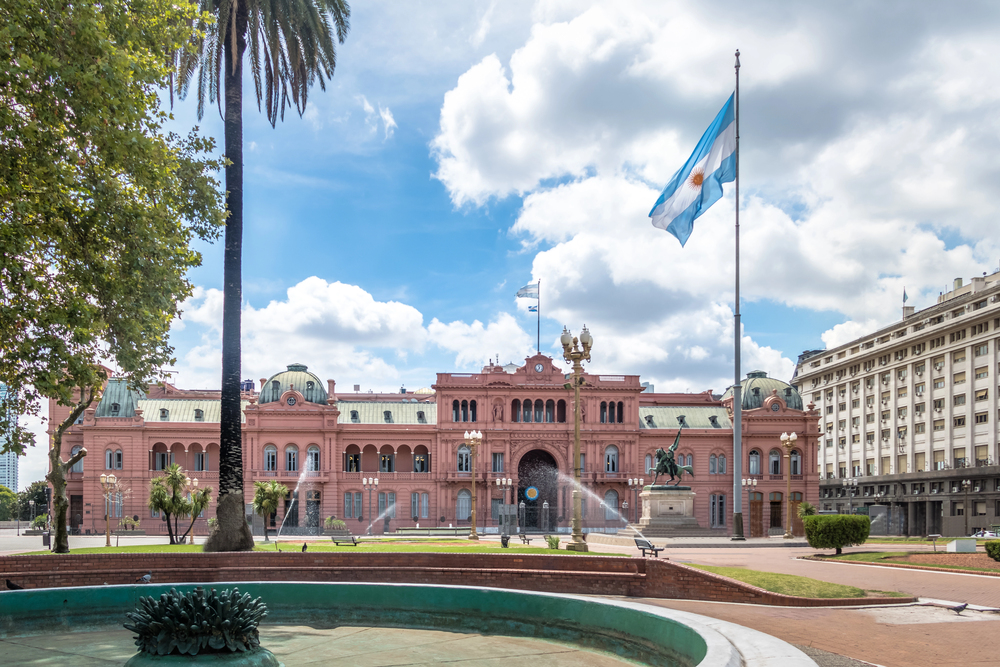
Buenos Aires developed through European-inspired density patterns, with apartment living representing the norm across social classes. This created vertical urban arrangements with lively street life and mixed-use neighborhoods despite its vast geographic spread.
Reykjavik evolved with relatively low-density housing patterns featuring individual homes with gardens even near the city center, creating a horizontal spread that contrasts with typical European urban forms despite its continental cultural connections. These density differences shape fundamental lifestyle patterns despite both cities serving as their nations’ political and cultural capitals.
Culinary Timing

Reykjavik restaurants typically stop serving dinner around 10:00 PM despite summer’s midnight sun, creating early cutoff times that surprise visitors accustomed to later European dining patterns. Buenos Aires kitchens often don’t open for dinner until 8:00 PM at the earliest, with peak dining hours between 10:00 PM and midnight that can leave unprepared visitors hungry if they seek early evening meals.
These contrasting culinary clocks require significant adjustment from travelers and reflect deeper cultural relationships with daily timing and meal significance.
Like Travel Pug’s content? Follow us on MSN.
Contrasts That Illuminate
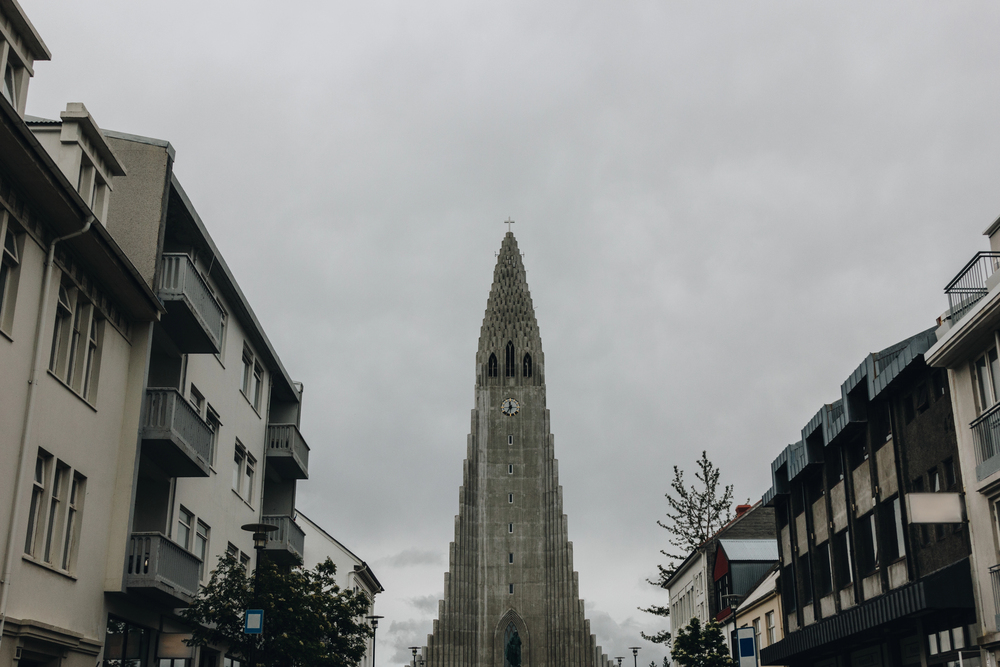
These surprising points of comparison between Reykjavik and Buenos Aires reveal how seemingly opposite cities can occasionally share unexpected commonalities while maintaining their distinctive characters. Beyond simplistic north-south or developed-developing world comparisons lie complex urban identities shaped by geography, history, and cultural evolution that defy easy categorization.
The most rewarding travel experiences often involve exploring nuanced differences and unexpected similarities rather than focusing solely on obvious contrasts. This allows a deeper appreciation of how different human communities adapt to their unique circumstances while addressing universal urban needs.
More from Travel Pug

- 20 Destinations That Were Once Thriving but Are Now Quietly Disappearing
- 13 Destinations Where Tourists Regularly Regret Their Trip
- 20 Once-Popular Beach Towns That Are Now Ghostly Empty
- 10 Under-the-Radar Mountain Towns That Are Both Affordable and Beautiful
- Take a ‘Learning Vacation’ in These 20 Extraordinary Places
Like Travel Pug’s content? Follow us on MSN.
